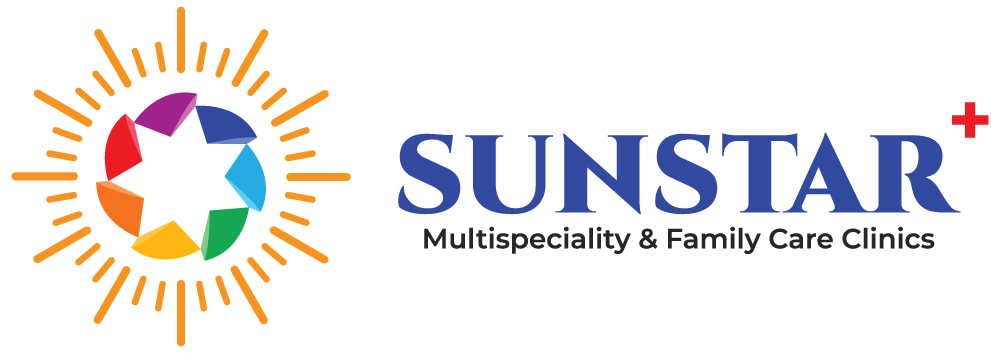

Full 1

Full 1

Introduction:
Movement disorders are a group of neurological conditions characterized by abnormal movements or difficulties with movement control. These disorders can manifest as involuntary movements, excessive or reduced movement, tremors, and other motor abnormalities. Movement disorders can result from various underlying causes, including genetic factors, brain injuries, neurodegenerative diseases, medication side effects, and more.
Here are some common movement disorders:
1. Parkinson’s Disease: A progressive neurodegenerative disorder that primarily affects movement. Common symptoms include tremors, bradykinesia (slowness of movement), rigidity, and postural instability. It is caused by the loss of dopamine-producing cells in the brain.
2. Essential Tremor: A common movement disorder characterized by rhythmic and involuntary tremors, often affecting the hands, head, and voice. Tremors are typically exacerbated by movement and can impact daily activities.
3. Dystonia: A disorder characterized by involuntary muscle contractions that lead to repetitive or twisting movements and abnormal postures. Dystonia can affect different parts of the body, causing varying degrees of impairment.
4. Huntington’s Disease: A genetic disorder that causes progressive motor dysfunction, cognitive decline, and psychiatric symptoms. Involuntary movements, known as chorea, are a hallmark of the disease.
5. Tourette Syndrome: A neurological disorder characterized by repetitive, involuntary movements and vocalizations called tics. Tics can be simple or complex and can change over time.
6. Restless Legs Syndrome (RLS): A disorder characterized by an irresistible urge to move the legs, often accompanied by uncomfortable sensations. Symptoms are usually more pronounced during periods of rest or inactivity.
7. Chorea: A type of movement disorder characterized by rapid, involuntary, and irregular movements that can affect various body parts. Chorea can be seen in conditions like Huntington’s disease.
8. Myoclonus: Sudden, brief muscle contractions or jerks that can occur spontaneously or in response to stimuli. Myoclonus can be focal (affecting specific muscles) or generalized (affecting the whole body).
9. Ataxia: A condition characterized by problems with coordination and balance. Individuals with ataxia may have difficulty walking, speaking, and performing fine motor tasks.
10. Parkinsonism: A group of conditions that share similar movement abnormalities with Parkinson’s disease but have different underlying causes. Some forms of parkinsonism are caused by medications, toxins, or other neurological conditions.
11. Wilson’s Disease: An inherited disorder that leads to the accumulation of copper in the body, causing neurological and hepatic symptoms. Movement abnormalities, such as tremors and dystonia, can occur.
12. Spinocerebellar Ataxias: A group of genetic disorders that result in progressive degeneration of the cerebellum and other parts of the nervous system, leading to coordination and movement problems.
2. Essential Tremor: A common movement disorder characterized by rhythmic and involuntary tremors, often affecting the hands, head, and voice. Tremors are typically exacerbated by movement and can impact daily activities.
3. Dystonia: A disorder characterized by involuntary muscle contractions that lead to repetitive or twisting movements and abnormal postures. Dystonia can affect different parts of the body, causing varying degrees of impairment.
4. Huntington’s Disease: A genetic disorder that causes progressive motor dysfunction, cognitive decline, and psychiatric symptoms. Involuntary movements, known as chorea, are a hallmark of the disease.
5. Tourette Syndrome: A neurological disorder characterized by repetitive, involuntary movements and vocalizations called tics. Tics can be simple or complex and can change over time.
6. Restless Legs Syndrome (RLS): A disorder characterized by an irresistible urge to move the legs, often accompanied by uncomfortable sensations. Symptoms are usually more pronounced during periods of rest or inactivity.
7. Chorea: A type of movement disorder characterized by rapid, involuntary, and irregular movements that can affect various body parts. Chorea can be seen in conditions like Huntington’s disease.
8. Myoclonus: Sudden, brief muscle contractions or jerks that can occur spontaneously or in response to stimuli. Myoclonus can be focal (affecting specific muscles) or generalized (affecting the whole body).
9. Ataxia: A condition characterized by problems with coordination and balance. Individuals with ataxia may have difficulty walking, speaking, and performing fine motor tasks.
10. Parkinsonism: A group of conditions that share similar movement abnormalities with Parkinson’s disease but have different underlying causes. Some forms of parkinsonism are caused by medications, toxins, or other neurological conditions.
11. Wilson’s Disease: An inherited disorder that leads to the accumulation of copper in the body, causing neurological and hepatic symptoms. Movement abnormalities, such as tremors and dystonia, can occur.
12. Spinocerebellar Ataxias: A group of genetic disorders that result in progressive degeneration of the cerebellum and other parts of the nervous system, leading to coordination and movement problems.
Diagnosing and managing movement disorders often requires a comprehensive evaluation by a neurologist with expertise in this area. Treatment approaches may include medications, physical therapy, botulinum toxin injections, deep brain stimulation, and lifestyle modifications. The management plan is tailored to the specific disorder and the individual’s needs. Early diagnosis and intervention can greatly improve the quality of life for individuals with movement disorders.
